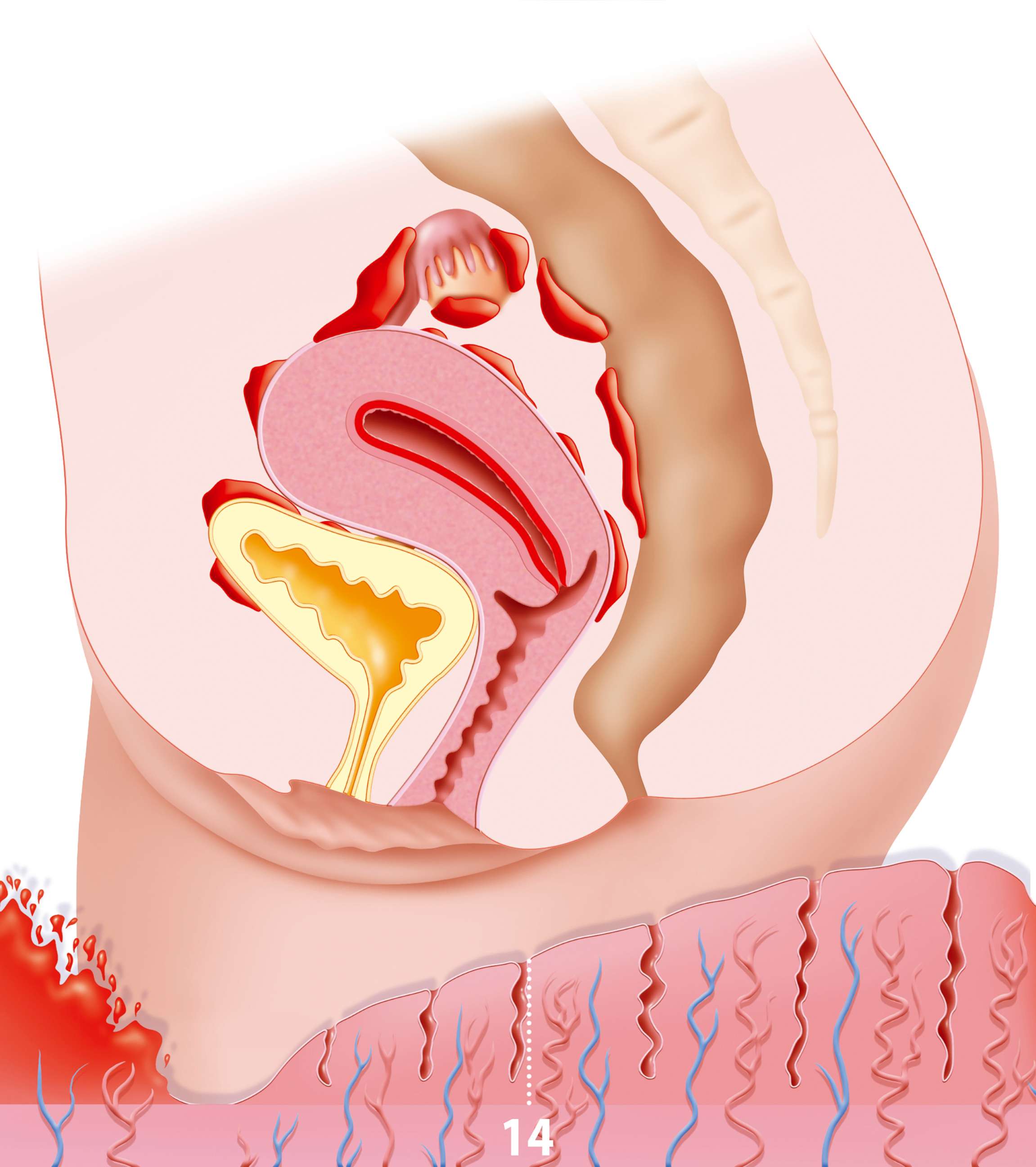In light of Lena Dunham's decision to get a hysterectomy
— -- What is Endometriosis?
The uterus is a small, hollow pear-shaped organ in a woman’s pelvis. The medical term for the membrane that lines the inside of the uterus is endometrium.
So, what is endometriosis?
A normal endometrial tissue is inside the uterus. But sometimes a small amount of endometrial tissue can end up in the ovaries, bowel, diaphragm, or bladder. The endometrial tissue can then break down and “bleed” into places that it doesn’t belong -- and that can cause symptoms.
There is no one cause of this condition, but some things are linked to a higher risk: prolonged exposure to estrogen, heavy menstrual bleeding and high consumption of trans unsaturated fat.

How harmful is endometriosis?
It is a nonmalignant (non-cancerous) medical condition. But it does have serious effects; it has been reported in up to 50 percent of women with infertility, and it can be painful.
Some studies suggest that endometriosis affects anywhere from 1-7 percent of women. It is hard to say exactly how many women have the condition because about one-third have no symptoms, and may never know they have it.
For the other two-thirds, some signs and symptoms include:
-- Heavy or irregular bleeding
-- Pain in the lower part of the belly
-- Pain with sexual activity or exercise
-- Pain with bowel movements, often with cycles of diarrhea and constipation
-- Bloating, nausea, and vomiting
-- Pain with urination or urinary frequency
Women should talk to their doctor -- they may be able to make a diagnosis based on a medical history and a clinical examination. But the only way to know for sure if it’s endometriosis is for a surgeon to look for endometriosis tissue outside the uterus.
How is endometriosis treated?
The treatment for endometriosis is individualized and depends on symptoms. Treatment is also based on whether or not you are trying to get pregnant.
Some treatment options include pain medications, medications commonly used for birth control, or different types of surgeries including laparoscopy or hysterectomy. In a hysterectomy, a woman’s uterus is removed. This is recommended if other treatment options fail (this can stop heavy bleeding and severe pain).
Jay-Sheree Allen is a family medicine resident physician at the Mayo Clinic in Minnesota and a resident at the ABC News Medical Unit.




